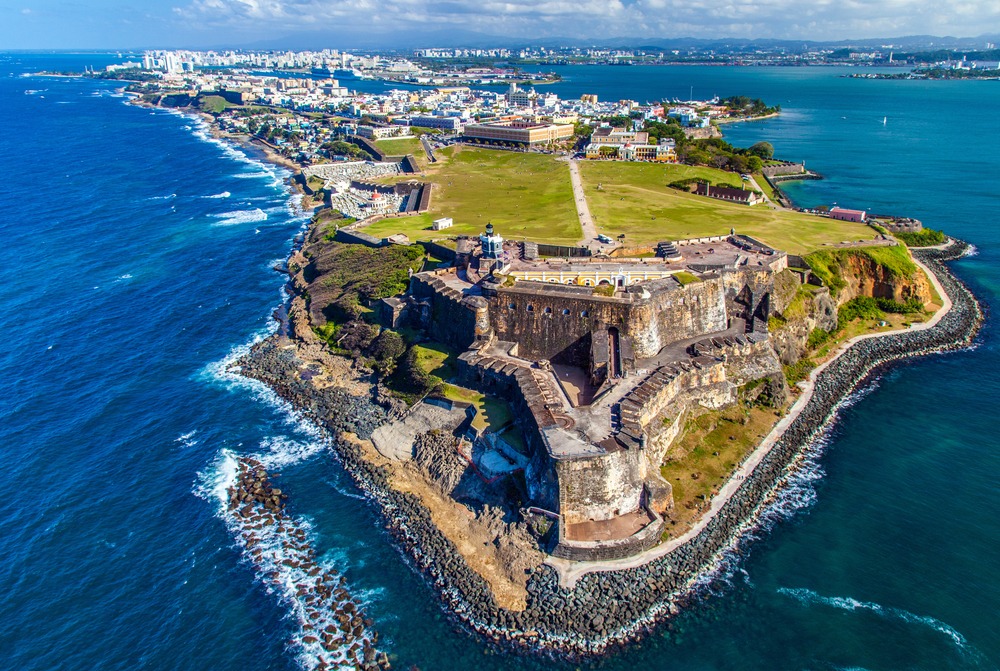Every year, tropical storms expose significant vulnerabilities in Puerto Rico’s infrastructure. In 2017, Hurricane Maria led us to our longest blackout in U.S. history, leaving much of the island without electricity for nearly three months. Although some repairs have been made, the energy system remains vulnerable and heavily reliant on fossil fuels, with only 3% sourced from renewables. This dependency results in high electricity costs, inefficient power distribution, and frequent outages. Puerto Rico remains exposed to disruptions, especially given its location in the Atlantic’s “hurricane belt.”

Investing in renewable energy and robust infrastructure is key to safeguarding Puerto Rico against future natural disasters, reducing its carbon footprint and empowering local communities. Resilience is about building systems that not only endure shocks but evolve to meet future needs. Puerto Rico’s natural resources provide significant potential for solar and wind energy, with regions capable of producing around 4.5 kilowatt-hours per day from solar power. Offshore wind farms are also feasible, provided they are supported by storm-resistant infrastructure. Transitioning to a decentralized energy model with microgrids and distributed energy systems could reduce blackouts and reliance on long transmission lines. Achieving the goal of 100% renewable energy by 2050 would create a robust system prepared for increasingly severe storms driven by climate change. While undergrounding power lines poses a high cost—estimated to be ten times that of overhead systems—strategic undergrounding in critical areas can greatly enhance grid reliability. By pursuing these strategies, Puerto Rico can modernize its energy infrastructure, reduce vulnerabilities, and create a sustainable future.
The reality is that we face these natural disasters annually. While practicing sustainability can help reduce their impact, we must also be prepared for when they do occur. One key way to ensure preparedness is through insurance, which should be a priority for homeowners. Although trust in traditional insurance companies may vary, innovative solutions like parametric and microinsurance are available and can be tailored to meet the diverse needs of residents.
While Puerto Ricans’ needs are diverse, their resilience remains constant. In recent years, the ideas of risk and resilience have taken center stage in conversations about disaster management, climate adaptation, and sustainable development. Effective risk management in Puerto Rico involves pinpointing vulnerabilities and implementing preventative strategies that align with long-term sustainability. This approach emphasizes not only assessing the sources of risk but also enhancing community capacities to adapt to new challenges, reduce damage, and rebuild better after disasters.
RMI MBA student Hernan Burgos was born and raised in Puerto Rico.
